Fast flyers are winging through early morning fields and around porch lights after dusk. Sphinx moths are designed for rapid flight. Shaped like an airplane, they can clock speeds just over 30 miles per hour. They’re also known as hawk or hummingbird moths for their similar flight patterns. Various sphinx moths have been mistaken for bats and bees.
Some can hover like hummingbirds while feeding. Sphinx moths have the world’s longest tongue among moths and butterflies. They’re able to draw nectar from narrow, tubular flowers that are too deep for bees to reach. When not in use, the tongue rolls up. Many of the moths are a mottled brown, but some have very colorful wing patterns. The white-lined sphinx has vivid coral coloring.
The caterpillars are large and colorful with a small horn at the rear and strong stubby legs that clamp onto plants. The caterpillars are known as hornworms. Hornworms at rest on a branch often resemble the shape of a sphinx, hence the name for the moth.
See if you can spot these hornworms feeding or hear the hum of giant sphinx moths hovering in late summer.
The Fast and Flashy Sphinx Moth
- Planting large tube-shaped flowers can attract sphinx moths to your yard. In late summer, many people enjoy sitting on their patios and watching these mysterious hovering visitors sip nectar as twilight deepens.
- Although a few species are pests on garden plants, most sphinx moths do not cause significant injury to their host plants.
- People are interested in the physics of sphinx moth flight, especially their ability to hover. Moths in this family are some of the fastest-flying insects, and they have several adaptations that make them good fliers: streamlined bodies, narrow wings with fore and hindwings coupled together for efficiency, antennae that help them perform complex flying maneuvers, and a habit of “shivering” to warm up their flight muscles prior to taking off.
For more on the sphinx moth, visit MDC’s Field Guide.
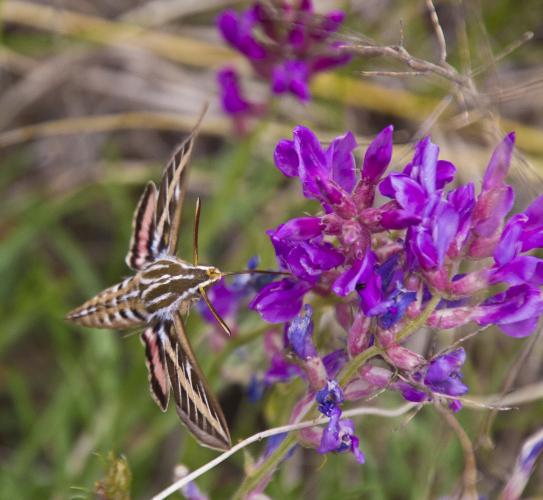
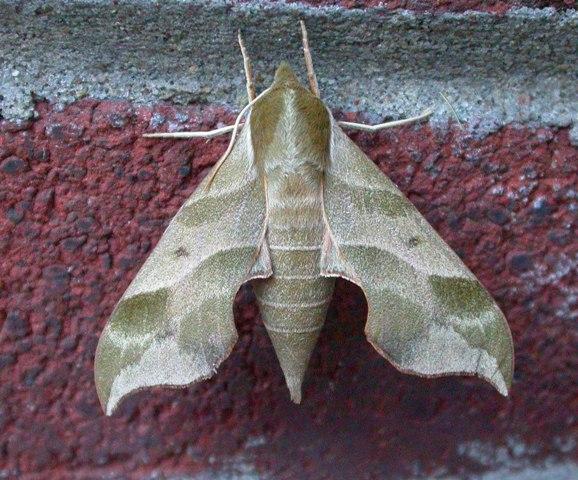
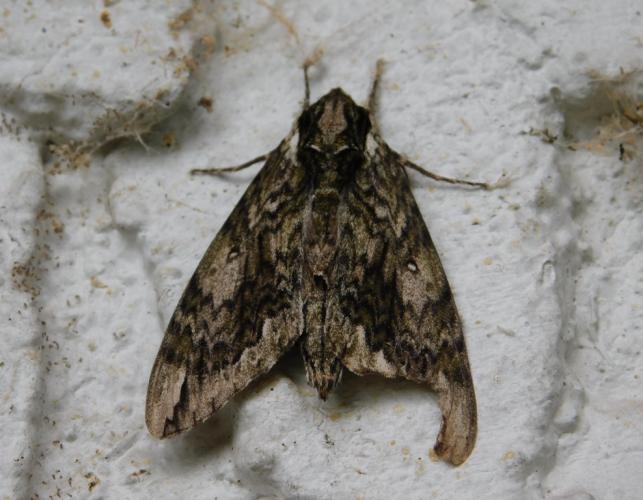
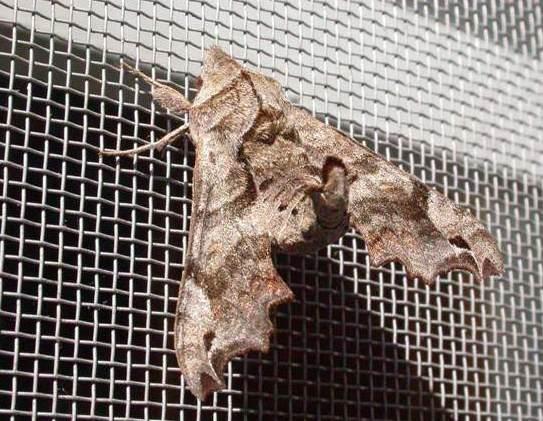
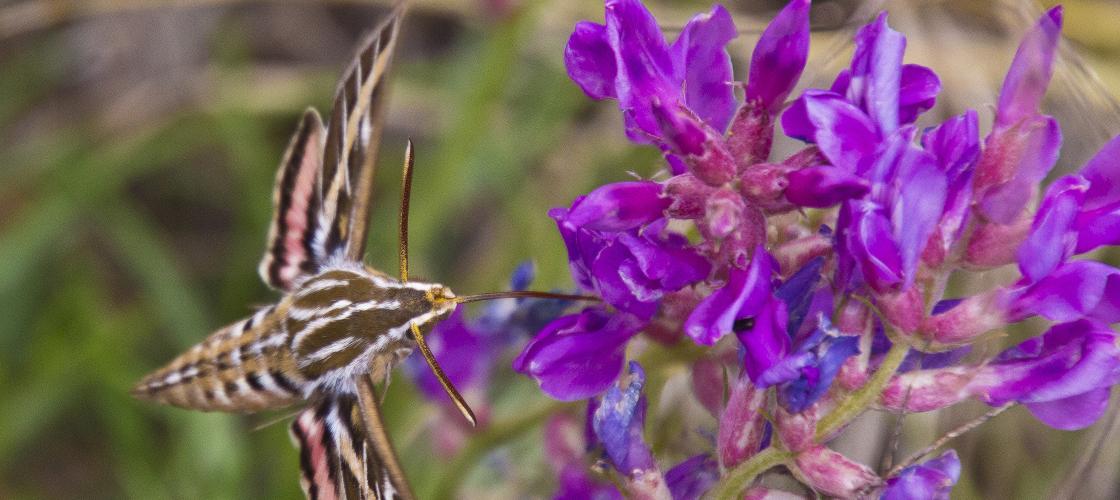
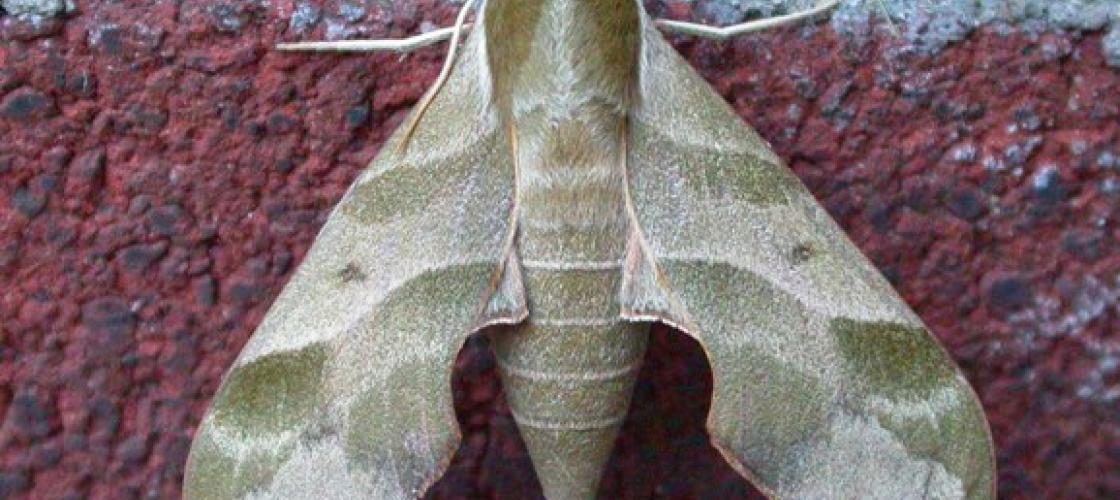
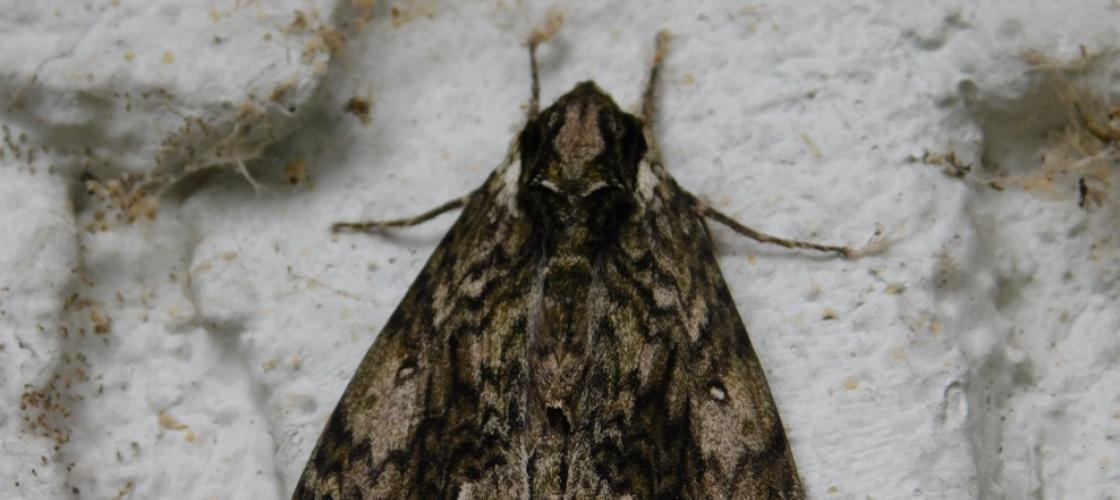
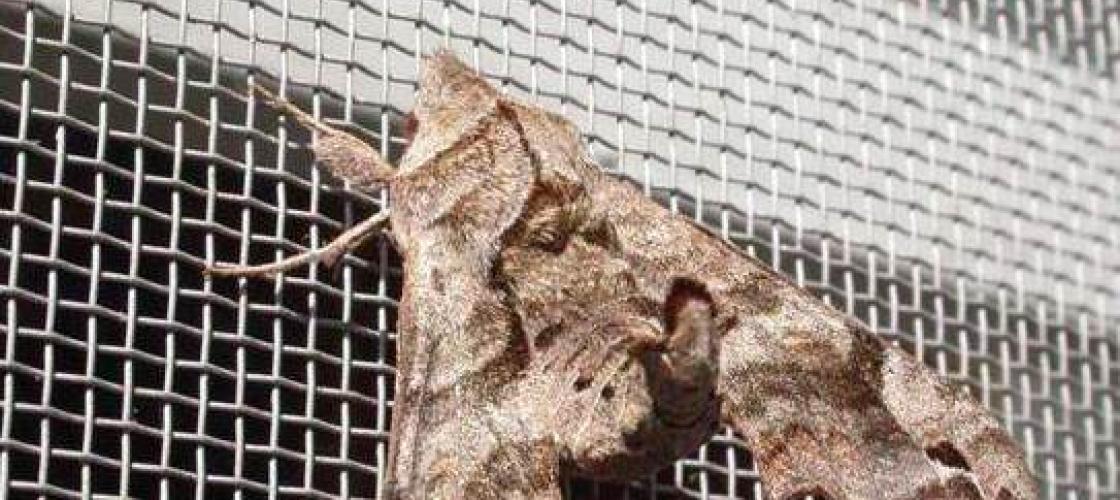
Recent Posts
























